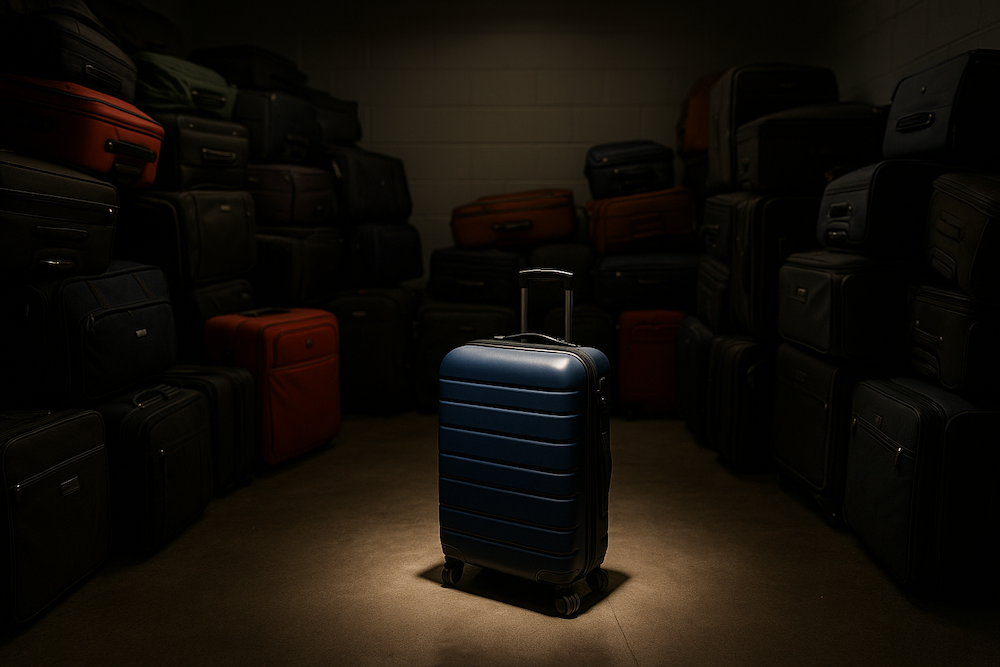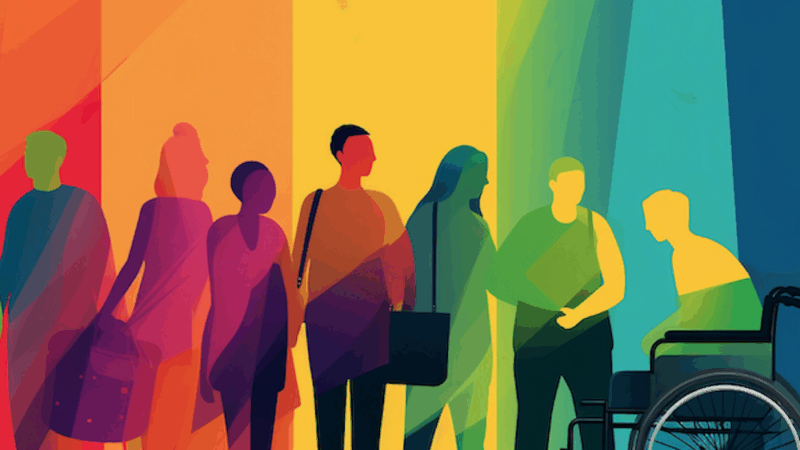In an era where every attendee’s experience matters, losing luggage isn’t just an inconvenience—it’s a crisis
Lost luggage is a planner’s worst nightmare. If you’ve ever had a keynote speaker’s gear vanish in transit or a VIP show up with nothing but their carry-on, you know lost luggage isn’t just a minor hiccup—it’s a serious liability. For meeting and event professionals, it can derail schedules, shatter brand perception, and eat up valuable hours in damage control.
But Apple’s latest innovation might be turning that narrative around. With the Share Item Location feature introduced in iOS 18.2, Apple AirTags are no longer just a personal tracking tool—they’re becoming a fully integrated piece of airline customer service. As of now, 30 major global carriers allow travelers to share a live location link for lost bags, which airline staff can use to locate and retrieve misplaced luggage in real time.
A Global Network of Reassurance
So, which airlines have joined the program? The growing list includes:
U.S.: American, Delta, United, JetBlue
Europe: British Airways, KLM, Lufthansa, Iberia, Vueling, Aer Lingus
Oceania & Asia: Qantas, Singapore Airlines, Air India, Air New Zealand
Others: Turkish Airlines, Brussels Airlines, Austrian Airlines, Saudia, and more
That’s a comforting roster for planners coordinating international conferences or incentive trips that span continents and carriers.
How It Works (And Why It Matters)
The process is refreshingly straightforward. Using Apple’s Find My app, travelers can generate a secure, time-limited link that shares the precise location of their AirTag-equipped luggage. That link can be pasted into the airline’s lost baggage report or handed to a customer service rep. The airline can then use this link to pinpoint the bag on a map—no guesswork required. Once the bag is recovered, the link expires automatically to protect the traveler’s privacy.
This isn’t just a flashy tech feature—it’s a step toward accountability. As travel expert Brett Snyder told CN Traveler, “Before, customers were frustrated because they could see where their bags were, but it wasn’t easy to get the airline to use the same data to recover them.” Now, that gap is closing.
Peace of Mind
For meeting and incentive planners, this new capability offers far more than convenience—it introduces a much-needed layer of reliability in high-stakes travel logistics.
When bags show up where and when they’re supposed to, attendees stay calm and focused. Schedules stay intact. Speakers don’t have to scramble for last-minute wardrobe changes. AV teams can rest easier knowing gear is en route and trackable. Even perception improves—attendees and executives alike feel the event was planned down to the last detail, including contingencies.
This level of assurance not only reduces stress, but elevates the overall event experience. When a company or association can tout smoother travel and greater peace of mind, it becomes a subtle but significant value-add—especially when attracting high-profile attendees or global delegates.
Before You Book, Do This
To maximize the benefit of this tech, planners should start by confirming that the airlines being booked are part of Apple’s approved list and allow real-time AirTag sharing. If third-party booking tools or DMCs are involved, request that they prioritize AirTag-friendly airlines when feasible.
Planners may also want to include a quick-start AirTag guide in pre-trip communications. Advising attendees to update to iOS 18.2 (or later), check their AirTag batteries, and prepare to share their luggage’s location link if needed can save time and panic later. Event logistics teams should also consider documenting the Share Item Location steps in their master travel contingency plans.
Because when things go wrong, fast solutions are what separate a hiccup from a headline.
Any thoughts, opinions, or news? Please share them with me at vince@meetingsevents.com.
Image generated by AI using OpenAI’s DALL·E





